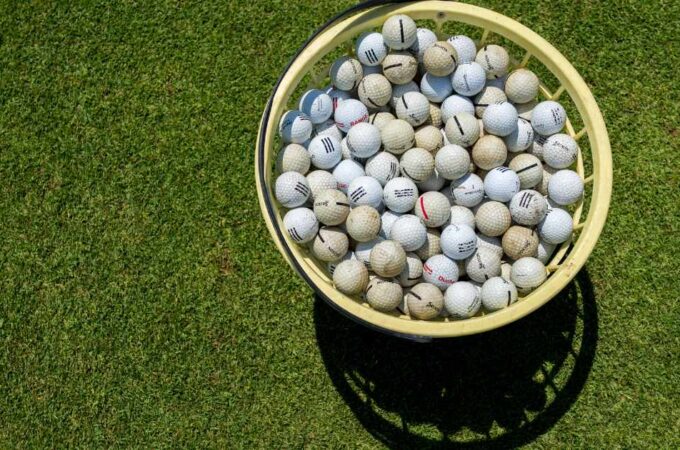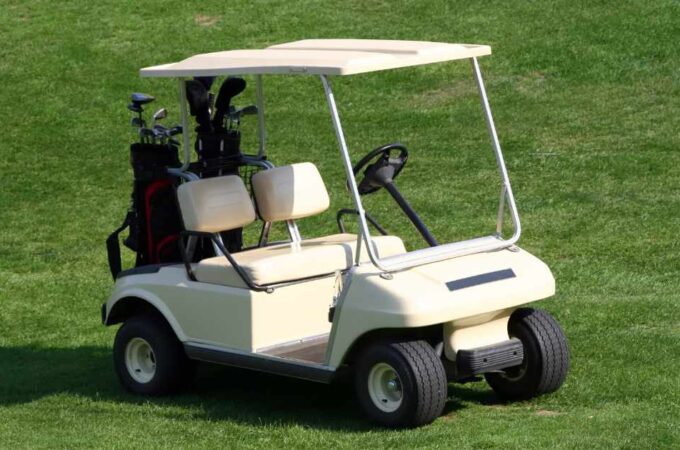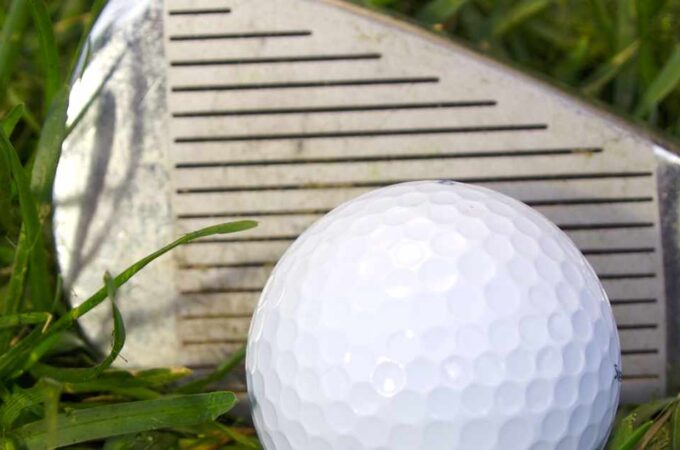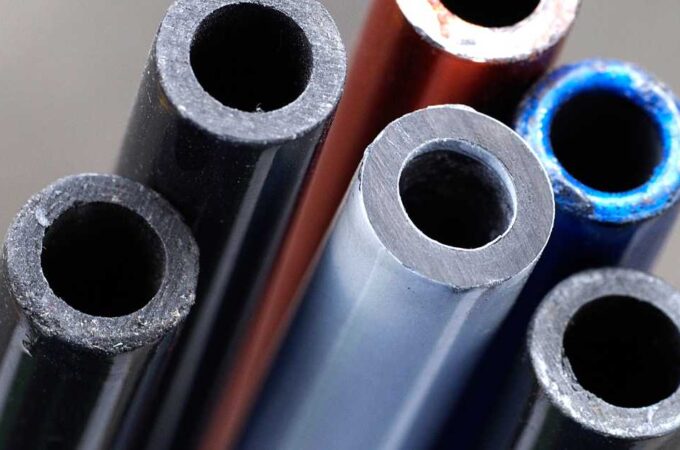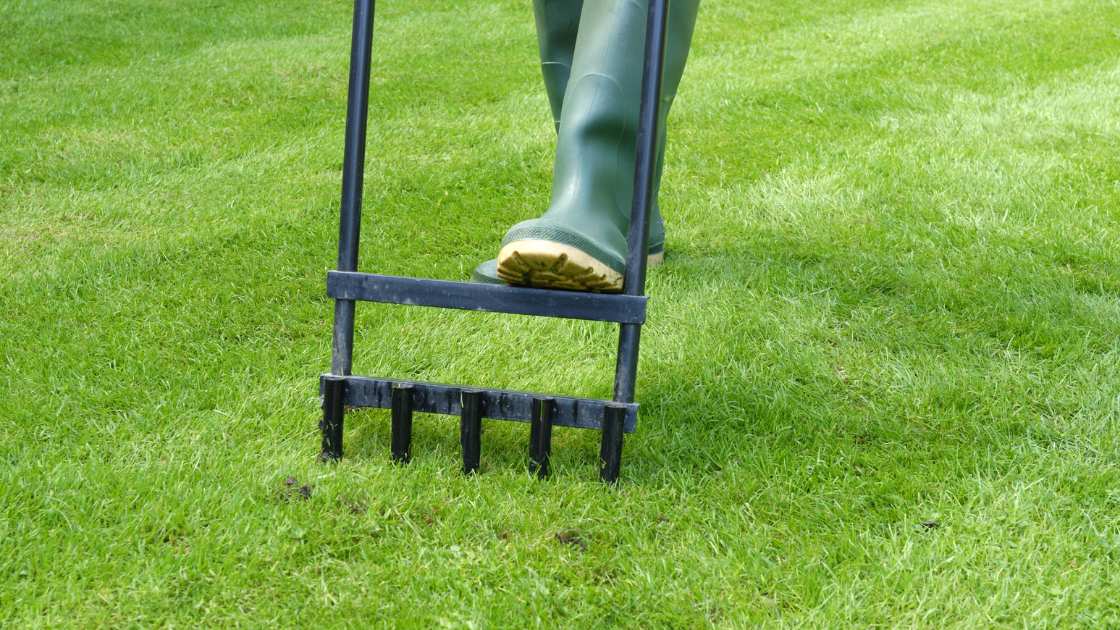
How Long for Aerated Greens to Recover: Understanding the Process of Golf Course Maintenance
Golf courses are carefully manicured to provide a lush, green landscape that enhances the player’s experience. One critical aspect of maintaining a golf course is aeration, a process that involves perforating the soil with small holes to allow for better air and water circulation. Aerating the greens helps to alleviate soil compaction, improve root growth, and prevent the build-up of thatch. However, golfers often wonder how long it takes for aerated greens to recover, and when they can expect the greens to be back in top condition. In this article, we will explore the process of aerating greens and discuss how long it typically takes for them to recover.
Table of Contents
ToggleWhat is Aeration, and why is it Necessary?
Aeration is the process of creating small holes in the soil on the golf course to help improve the overall health of the turf. This process helps to alleviate soil compaction, which can inhibit root growth and prevent proper water and nutrient absorption. Soil compaction occurs when the soil particles are pressed together, reducing the amount of space between them. When this happens, air, water, and nutrients have difficulty penetrating the soil, leading to poor turf health. Aeration helps to loosen the soil, allowing air and water to circulate more efficiently and allowing nutrients to reach the roots.
How is Aeration Performed?
Aeration is typically performed using a specialized piece of equipment called a core aerator. This machine has hollow tines that are plunged into the soil, removing small cores of soil and leaving small holes behind. The depth and spacing of the holes can vary depending on the course’s needs and the type of soil. After the holes have been created, the cores of soil are left on the surface to break down naturally, adding organic matter back into the soil.
How Long Does it Take for Aerated Greens to Recover?
The recovery time for aerated greens can vary depending on a variety of factors, including weather conditions, course traffic, and the type of grass. Typically, it takes around two to three weeks for the greens to fully recover from aeration. During this time, the holes created by the core aerator will begin to fill in with new growth, and the grass will become denser and healthier. However, it is important to note that the greens may look and feel bumpy for a short period after aeration, which can affect the player’s game.
How to Care for Aerated Greens
To help the greens recover as quickly as possible after aeration, it is essential to provide proper care and maintenance. Here are some tips for caring for aerated greens:
Keep the greens well-watered, but do not over-water.
Avoid excessive foot traffic on the greens.
Mow the greens regularly, but do not scalp them.
Apply a light application of fertilizer to encourage new growth.
FAQ’s
How long does it take for aerated greens to fully recover?
Typically, it takes around two to three weeks for aerated greens to fully recover. During this time, the holes created by the core aerator will begin to fill in with new growth, and the grass will become denser and healthier. However, it is important to note that the greens may look and feel bumpy for a short period after aeration, which can affect the player’s game.
Can golfers still play on the greens while they are recovering from aeration?
Yes, golfers can still play on the greens while they are recovering from aeration, but it is important to avoid excessive foot traffic on the greens. The holes created by the core aerator can cause the greens to feel bumpy and uneven, which can affect the player’s game. It is recommended to schedule aeration during periods of low course traffic to minimize the impact on play.
What can be done to help aerated greens recover more quickly?
To help aerated greens recover more quickly, it is essential to provide proper care and maintenance. Keeping the greens well-watered, but not over-watered, can help to promote new growth. Avoiding excessive foot traffic on the greens and mowing them regularly, but not too short, can also aid in the recovery process. Applying a light application of fertilizer can encourage new growth and help to speed up the recovery time.
Conclusion
In conclusion, aeration is a crucial aspect of golf course maintenance that helps to improve the overall health of the turf. While it may take a few weeks for aerated greens to fully recover, the long-term benefits to the health and appearance of the turf make it a worthwhile investment. By providing proper care and maintenance, golf course managers can ensure that their greens are healthy, vibrant, and ready for players to enjoy.

Meet Jordan Spieth, a talented golfer and writer based in the heart of New York. Jordan’s passion for golf started at a young age, and he quickly became a skilled player with a keen eye for the basics of the game. Now, as an accomplished writer, he shares his expertise with golfers of all levels. Jordan’s writing is well-researched, informative, and engaging, and his knowledge of golf games basics is second to none. His articles and books have helped countless golfers improve their game and discover new ways to enjoy this timeless sport.


